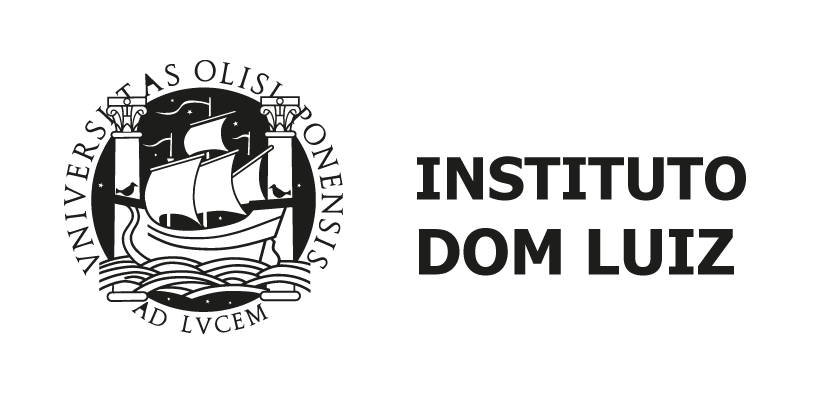Goup Coordination
Marta Neres, Rui Quartau and Ágata Dias
Keywords
Marine Geology and Geophysics
Georesources modeling and exploration
Earth surface dynamics
Palaeoenvironmental studies
Scientific Highlights
Tsunami geoscience. IDL demonstrated global leadership in understanding tsunami-related physical processes. A pioneering model was developed for the generation and propagation of the Hunga Tonga–Hunga Ha’apai eruption-triggered tsunami. This seminal work showed that violent volcanic explosions may trigger acoustic-gravity waves, exciting the atmosphere-ocean interface and causing global-scale tsunami propagation. Work has also been done on tsunami depositional imprints, compiling data on the onshore record along the Atlantic basin, and, based on the shallow offshore archive, revising the return period (reset to ca. 3000 years) for tsunami events on the Gulf of Cadiz. These efforts are supported by international projects and partnerships, including the ICG/NEAMTWS, overseeing the Tsunami Early Warning System for the NE Atlantic.
IDL researchers also developed new tools and methodologies in coastal research by assessing multidecadal shoreline evolution from aerial imagery, fostering emerging coastal monitoring techniques (video and earth observation), understanding sediment transport pathways (conducting tracer experiments and numerical modelling) and applying reduced-complexity models to forecast coastal change.
Science-applied technology for submarine cables. Submarine cables offer a novel approach to ocean observation, and IDL is actively involved in developing technological solutions to be implemented in cables deployed in the Atlantic domain. These solutions include the SMART (Science Monitoring And Reliable Telecommunications), DAS (Distributed Acoustic Sensing) and SOP-OTDR (State of Polarization using Optical Time Domain Reflectometry) technologies. IDL contributed to defining the technical specifications for sensors of CAM-SMART cables and led studies on the potential impacts for geophysical observations. IDL researchers are exploring DAS and SOP-OTDR technologies as part of the EU project SUBMERSE and coordinating the Portuguese funded MODAS project, with focus on cross-validating DAS and SOP-OTDR data with local Ocean Bottom Seismometer (OBS) data.
Geodynamic modelling. IDL has a key position in the international geodynamic modelling community, with increasing capacity for conducting highly demanding 2D/3D models using cutting-edge numerical codes, in collaboration with leading institutions. High-impact studies have been carried out on modelling plate boundary processes, with emphasis on initiation and propagation of subduction in the Atlantic. Expertise in acquiring and modelling geophysical data has grown, enhancing an improved understanding of the study objects and the establishment of more realistic model conditions and validation parameters. The main driver behind this research has been understanding the tectonic processes taking place on the W and SW Iberia Margin, which is a natural laboratory for IDL marine geoscientists, given its singular complexity as a reactivating margin and high seismogenic and tsunamigenic hazards.
Research Outlook
RG2 integrates geological, geophysical, and geochemical expertise to investigate geodynamic processes affecting coastal and oceanic systems.
Research on oceanic and coastal processes, comprising coastal morphodynamic evolution, future climate and sea-level scenarios will continue to be developed based on a combined field-laboratory-modeling approach. Research will remain focused on understanding the processes driving natural hazards, especially the seismogenic, tsunamigenic and landslide potential across the Portuguese EEZ, including Azores, Madeira, and the broader Macaronesia region. A compound approach to tsunami research will continue to progress combining field data with numerical models and hazard assessments.
New paradigms on geophysical data acquisition will be a key aspect of the RG2 future using an array of technological developments that encompass submarine cables, remote sensing, seismic and magnetic data. Benefiting from the Atlantic natural laboratory, the research lines to be pursued aim to provide major scientific developments to tectono-stratigraphic evolution of continental and insular margins, slope dynamics, continent-to-ocean transition, plate boundary dynamics focusing on convergent systems, tsunami propagation, hydrothermal processes in mid-ocean ridges and their implications for mineral resources.
The group will also continue pursuing strategic goals concerning georesources and energy transition, including research on CO2 capture and storage mechanisms, and utilizing geophysical methods to support offshore windfarms installation. Collaboration with other IDL research groups and international institutions will be strengthened. The envisioned scientific achievements will consolidate RG2 as a pivotal player at national and international level on R&D on ocean, coastal and land surface processes.
